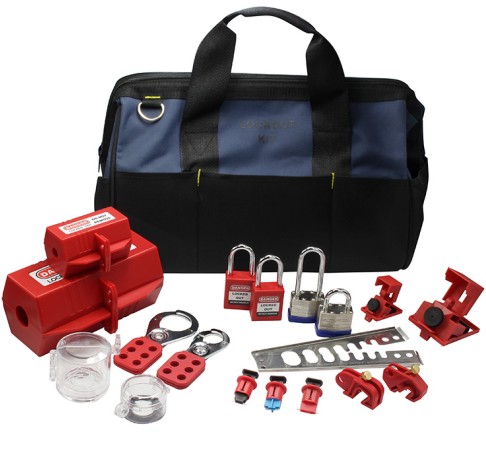The goal of safety training is to increase the knowledge of participants so that they can work safely. If safety training does not reach the level it should be, it can easily become a time-wasting activity. It is just checking the check box, but it does not actually create a safer workplace.
How do we establish and provide better safety training? A good starting point is to consider four principles: We must teach the right things in the right way and with the right people, and check whether it works.
Long before the safety trainer opens PowerPoint® and starts creating slides, he or she needs to first assess what needs to be taught. Two questions determine what information the instructor should teach: First, what does the audience need to know? Second, what do they already know? Training should be based on the gap between these two answers. For example, the maintenance team needs to know how to lock and mark a newly installed compactor before performing work. They already understand the company’s lockout/tagout (LOTO) policy, the safety principles behind LOTO, and equipment-specific procedures for other equipment in the facility. Although it may be desirable to include a review of everything about LOTO in this training, it may be more successful to provide training only on newly installed compactors. Remember, more words and more information do not necessarily equal more knowledge.

Next, consider the best way to provide training. Real-time virtual learning, online courses, and face-to-face learning all have benefits and limitations. Different themes are suitable for different methods. Consider not only lectures, but also groups, group discussions, role-playing, brainstorming, hands-on practice, and case studies. Adults learn in different ways, knowing the best time to use different methods will make training better.
Adult learners need their experience to be recognized and respected. In safety training, this can play a big advantage. Consider letting veterans help with development, and yes, even provide specific security-related training. People with extensive experience in processes or tasks can influence the rules and can help gain support from new employees. In addition, these veterans can learn more through teaching.
Remember, safety training is for people to learn and change their behavior. After the safety training, the organization must determine whether this has occurred. Knowledge can be checked by using pre-test and post-test. Changes in behavior can be assessed by observation.
If safety training teaches the right things in the right way and with the right people, and we confirm that it is effective, then it has made good use of time and improved safety.
Environment, Health and Safety is often seen by some workers and executives as just a checkbox on the induction training list. As we all know, the truth is very different.
Post time: Aug-28-2021

